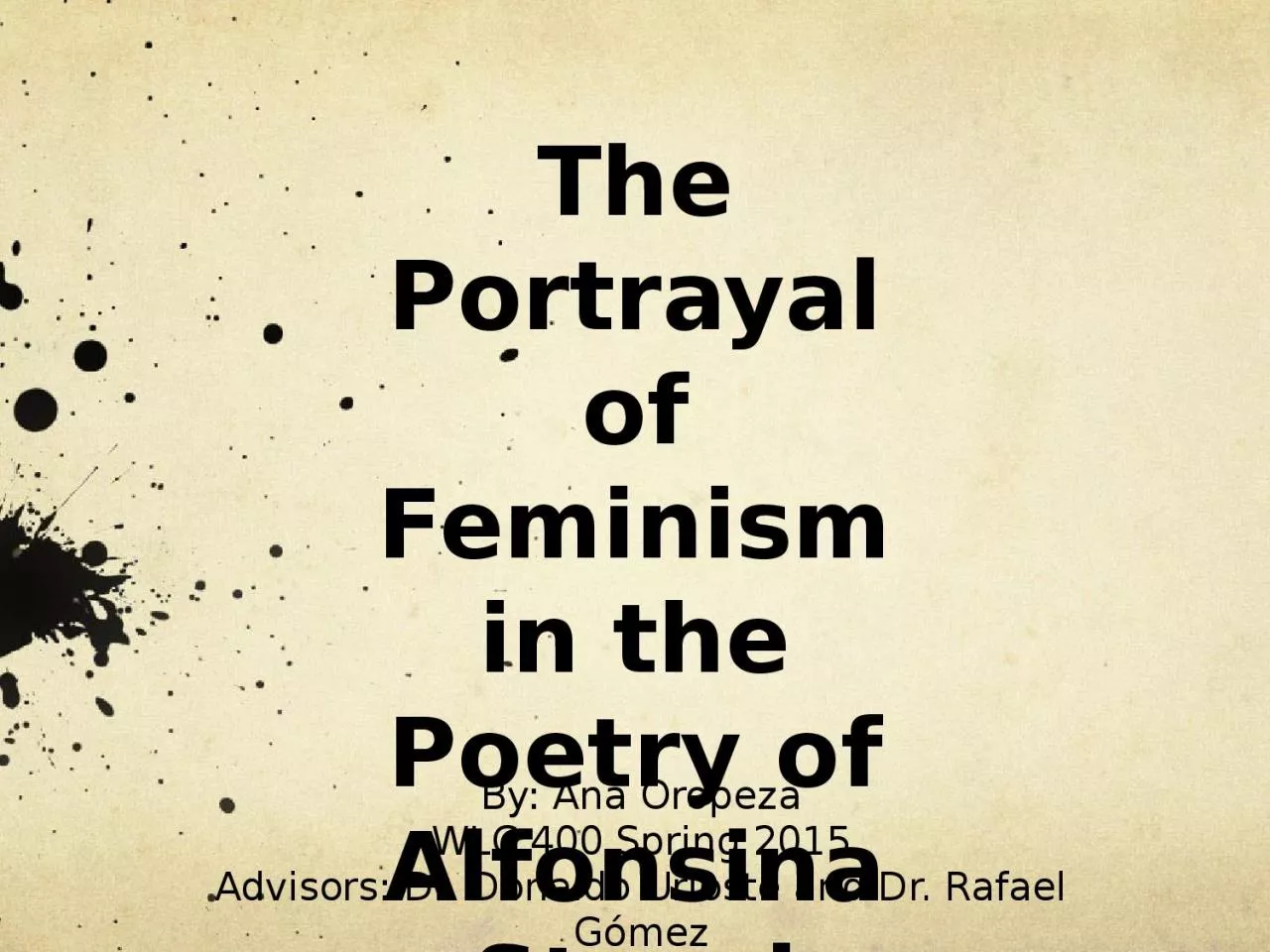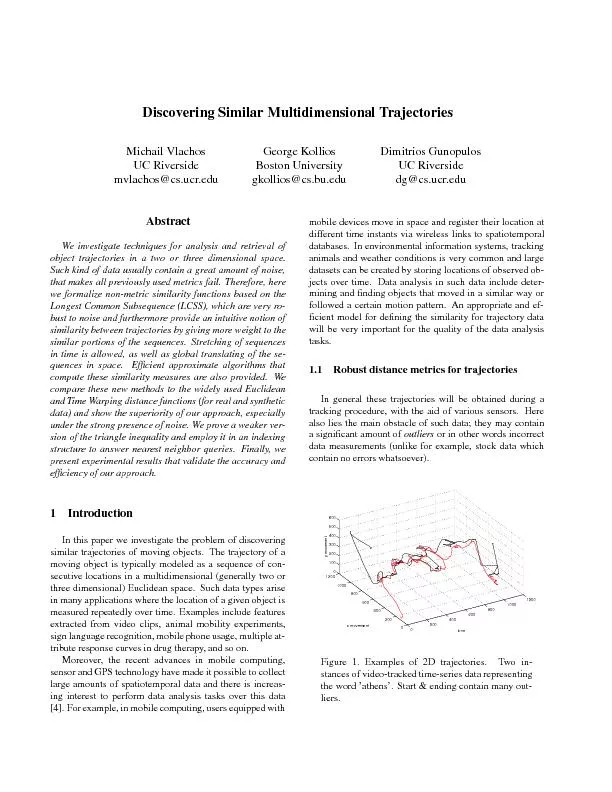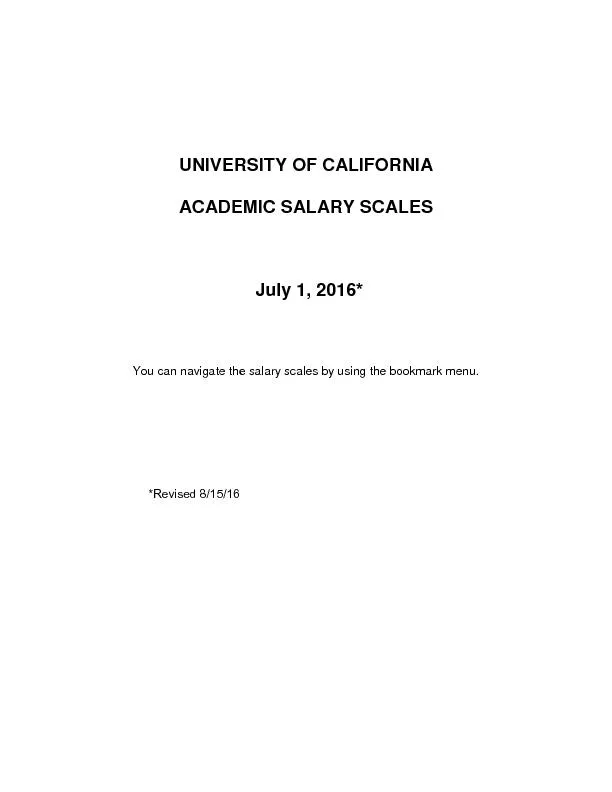PPT-By: Ana Oropeza WLC 400 Spring 2015
Author : Powerpixel | Published Date : 2022-07-27
Advisors Dr Donaldo Urioste and Dr Rafael Gómez The Portrayal of Feminism in the Poetry of Alfonsina Storni Abstract The purpose of this essay is to discuss
Presentation Embed Code
Download Presentation
Download Presentation The PPT/PDF document "By: Ana Oropeza WLC 400 Spring 2015" is the property of its rightful owner. Permission is granted to download and print the materials on this website for personal, non-commercial use only, and to display it on your personal computer provided you do not modify the materials and that you retain all copyright notices contained in the materials. By downloading content from our website, you accept the terms of this agreement.
By: Ana Oropeza WLC 400 Spring 2015: Transcript
Advisors Dr Donaldo Urioste and Dr Rafael Gómez The Portrayal of Feminism in the Poetry of Alfonsina Storni Abstract The purpose of this essay is to discuss and analyze the feminist poetry of the Argentine poet Alfonsina Storni and to examine how her poems . DESIGN COURSES 57479573470DWK573475736857366573475735357347573685736757347PXVW57347EH57347FRPSOHWHG57347SULRU57347WR57347HQWHULQJ57347DQ57347XSSHU57347GLY57347057347FRXUVH57361 57479573475736457371573478QLWV57347RI573477HFKQLFDO57347OHFWLYHV57347DUH CONC/US,ONCONC/US,ON
DATA ANA/
Download Document
Here is the link to download the presentation.
"By: Ana Oropeza WLC 400 Spring 2015"The content belongs to its owner. You may download and print it for personal use, without modification, and keep all copyright notices. By downloading, you agree to these terms.
Related Documents














